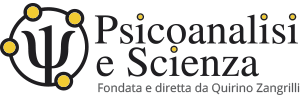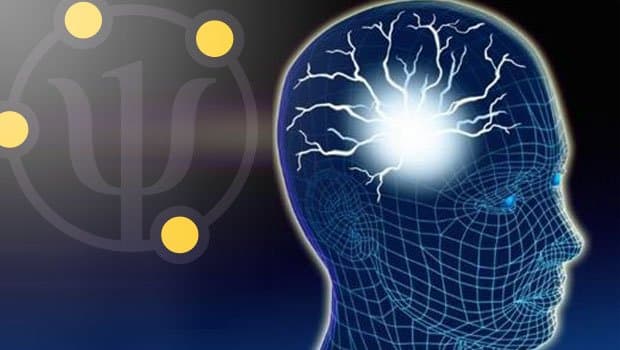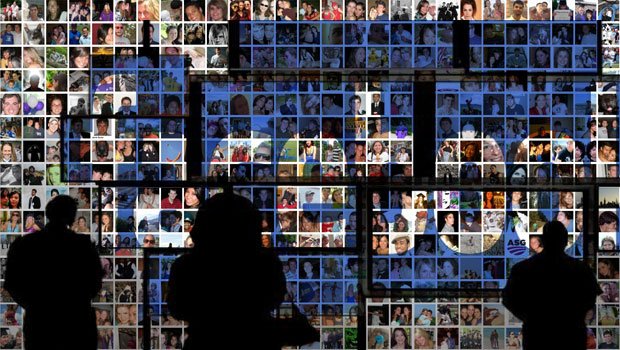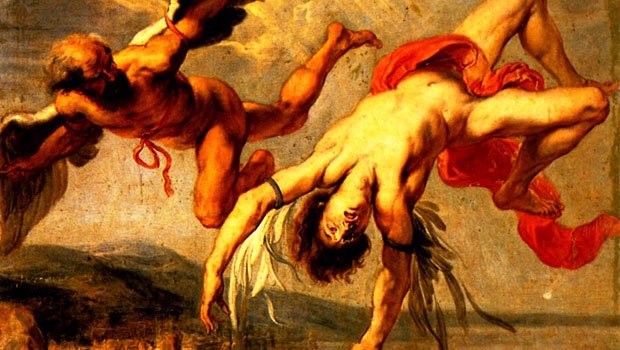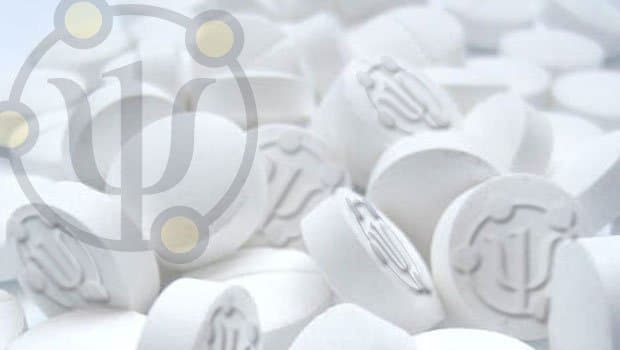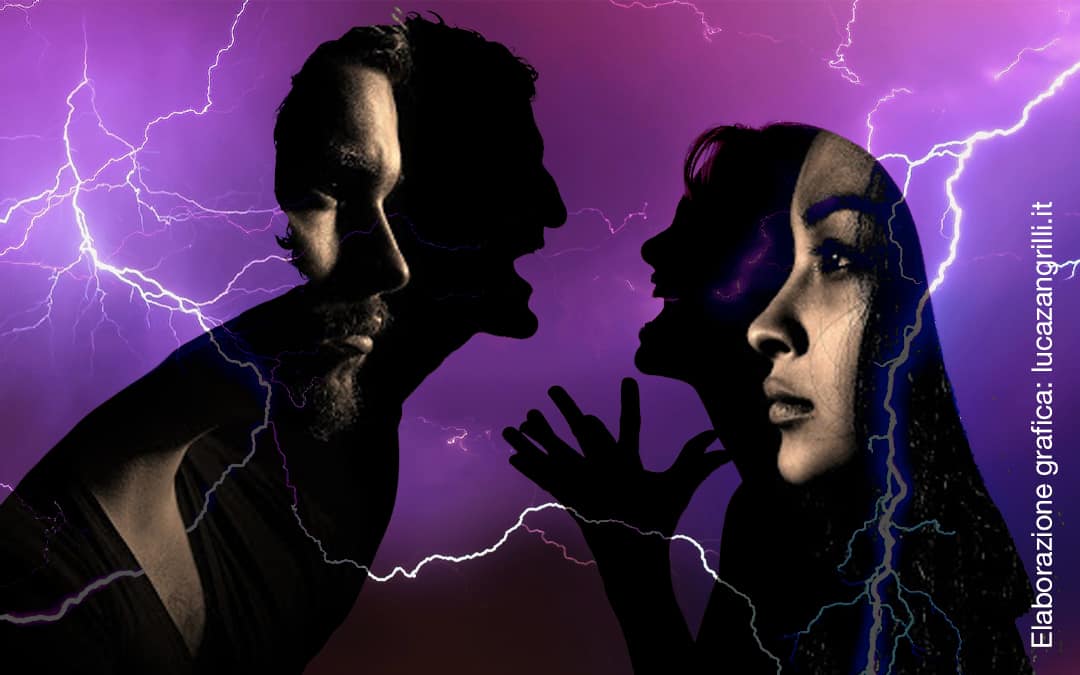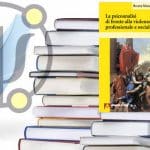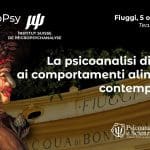Who of us has not spent one of those typical evenings, usually in summer, during our infancy or adolescence, in which we listen to horrific descriptions of stories about ghosts, vampires or zombies, around a glowing fire? Slowly, the emotive state of those around changes, from a joking atmosphere we pass onto a gloomy one, the shadows become alive and the people are invaded by unsettling sensations, which fill them with fear.
This is one of the most frequent and banal examples of suggestion.
Nicola Peluffo, in his masterly article which deeply defines all the different aspects of the psychoanalytic and micropsychoanalytic techniques (N. Peluffo, considerazioni pratiche sulla tecnica micropsicoanalitica, Bollettino dell’Istituto Italiano di Micropsicoanalisi, n° 26, Tirrenia Stampatori, Torino, 1999) reminds us of the definition of suggestiveness that H. Bernheim, Clinical Lecturer of Medicine at the University of Nancy, gave in his book “De La Suggestion”, published in Paris in 1916.
“The suggestiveness is the attitude of the brain to receive or evoke ideas and its tendency to realize and transform them in to actions”. 1
Bernheim believes that every suggested idea tends to become an action following the law of ideo-dynamism.
Peluffo specifies that: “… the suggestion transforms itself into association, the association into idea and the idea into an action and so on. In the case in which the action does not exhaust the energy the process turns on itself, moving itself and condensing itself until it finds an outlet of compromise that can be the neurotic symptom (…) It is also evident that the idea becomes emotion by way of associative chains. It is sufficient to look at the faces of the spectators in front of the more or less dramatic events, which are taking place on the screen. The idea, through the associative chains and also organic ones, becomes an organic action”. 2
It is well known to all that the doctor-patient rapport is the privileged place of profound transferral phenomena (projection onto the screen constituted by the doctor, of the personal, unconscious and preconscious vicissitudes of the patient) and how much this relationship is deeply influenced by suggestive phenomena.
The existence of the placebo effect is one of the most striking phenomenons.
Some research, among which one of the US Office of Technology Assessment, hypothesises that only around 20 per cent of the modern medical remedies commonly used has a scientifically demonstrated efficacy; in the other cases it is probable that the benefit derives from the placebo effect: just the fact of being under treatment helps patients recover.
At the end of the 50’s, some researchers led by Eddmunds G. Dimond of the Kansas University Medical Centre, were conducing studies on the efficacy of an operation, at that time, common in the treatment of pectoris angina. The doctors carried out the surgical procedure (consisting in the sewing of some arteries) on a set of 13 patients, while on a second group of 5 patients, the doctors only made a cutaneous incision on the chest without truly effecting the operation. 76 per cent of the patients who had been genuinely operated on showed signs of improvement. But the researchers were amazed to find that the improvement observed in the placebo group of patients was 100 per cent! 3
Power of the suggestion, therefore!
A power, that up until twenty years ago, when an empathetic rapport between the patient and the family doctor still existed, was deployed whether voluntary or not. Nowadays, the modern transformation of medicine from medical art into technological medicine has reduced the conscious rapport between the doctor and the patient to a fine thread (the preconscious and unconscious rapports subsist and will, however, make their dynamism be felt).
The patients are seen more and more as a kind of predetermined and static biological machine, made from components that, at the slightest alteration, will be considered an anomaly of functioning compared to the implementation of a precise programme, considered to be unchangeable.
The plan, rigidly inclined to the organismic theory of the medical studies, structures a phenomenological vision limited to that world, already widely structured, which results governed by the laws of chemistry and physics. A world organized in units of measure and optimal parameters, so pleasantly reassuring for the patient and the doctor! A world so rigidly structured to permit the progressive adoption of the so-called diagnostic and therapeutic protocols. These protocols consist in a type of diagnostic research, which bases itself on the hypothesis of a rigid model of the health state that acts as a reference. It leads to a type of research, most certainly meticulous, which expands itself in rays from the compartment of origin to the various organs, apparatus or functions possibly involved in the anomaly verified.
The medical nosology, as any descriptive study, uses recognisable forms and models. But the human being, in spite of the mechanistic vision of the technological medicine, through incessantly innumerable non-equilibrium metastable states that lead him to transitory states of equilibrium. The human being is fundamentally an energetic structure whose form has margins of plasticity from one individual to another, in the perennial search for the binding modalities of the tensional surplus that animate him.
When a situation of energetic disequilibrium is determined in a person, due to internal or external solicitations, those binding modalities of energy, which he has in his constitutional background, are activated initially at random. In other words, the tensional overcharge will trigger the beginning of attempts of adaptation, which have the lowering of the tension inside the psychobiological unity, as its goal.
Lets suppose that one or more of these attempts acquire a form which, through the descriptive instruments of the medical diagnostic, can be defined as abdominal pain, constipation, etc.
To begin with, the collocation of such attempts of re-equilibrium will still be relatively unstable. But, as it is usual to proceed in the latter years, the slightest situation of disequilibrium verified, will trigger, through the use of the diagnostic protocols, the meticulous search for other signs foreseen by the diagnostic protocol.
If these signs should be found, they would contribute to determine a set of symptoms corresponding to a particular disease state; we would understand how this way of proceeding, on one hand, determines an additional investment on particular binding attempts of conflict, and on the other hand, how it produces a compulsory recruitment of ulterior attempts which, assembled, will lead to the realization of a sufficiently stable form for the binding of the surplus energy which would otherwise be indicated by the technical term “illness”.
In other terms, the precocious research of any minimal situation of disequilibrium, with the final aim of prophylaxis, would determine an energetic hyper-investment on the image of the illness, which would contribute to the structuring of the various attempts, into a stable form. In other words I mean that this kind of approach, if it tranquilizes the doctor’s conscience (and as it would seem in the USA, also that of his lawyers), at the same time it is an important contribution for the fixation of an originally reversible dynamic. It is obvious that the entire hypothesis refers to situations, which don’t have the characteristics of the chronicity.
And what shall I say about the consolidated habit of certain doctors who meticulously describe to the patient the clinical symptoms that the diagnosed illness should lead him to? It should be asked how much such a modality of negative suggestion has in the emergence of the successive symptoms.
It would be desirable that besides the disappearance of the positive suggestion, the doctor considers the possibility of supervising his actions, with the means of reducing the negative suggestion, to the minimum possible.
Written by: Quirino Zangrilli © Copyright
Translated by Linda De Nardo
NOTES:
1 – H. Bernheim, De la suggestion, Parigi, 1916.
2 – N. Peluffo, Considerazioni pratiche sulla tecnica micropsicoanalitica, Bollettino dell’Istituto Italiano di Micropsicoanalisi, n° 26, Tirrenia Stampatori, Torino, 1999.
3 – Walter A. Brown, L’effetto placebo, http://www.yepa.com/ki/iside/placebo.html
Nel 2024 riceve il Premio Accademico d’Onore della Accademia Culturale Internazionale Cartagine 2.0.
Doctor Quirino Zangrilli was born in Fiuggi in 1955. Graduated with honours in Medicine and Surgery in 1980, he practices Psychoanalysis, with intensive method, since 1982. He is author of 72 scientific pubblications. He has attended as speaker or president of session to many national and international scientific Conventions. His book “La vita:involucro vuoto” (Life: empty involucre), published by Borla in 1993, has been in use by the Chair of Dynamic Psychology at Turin’s University since 1994. He is the author and founder of the multimedia review “Psicoanalisi e Scienza” (Psychoanalysis and Science), the most read Italian on line review of psychoanalysis. In 2012 he participated as a Speaker at the Scientific Festival of BergamoScienza. In 2013 he illustrated his research on the maternal-fetal interaction in the Special Session of the XI World Congress of Perinatal Medicine in Moscow with his relation “Intrauterine Imprinting”. He is visiting teacher at Moscow Institute of psychoanalysis and training psychoanalist of Swiss Institute of Micropsychoanalysis.
In 2024 he received the Honorary Academic Award of the Carthage 2.0 International Cultural Academy
Le Le Docteur Quirino Zangrilli est né à Fiuggi en 1955. Diplômé avec mention en Médecine et Chirurgie en 1980, il pratique la psychanalyse depuis 1982, en utilisant une technique intensive. Il est l’auteur de 72 livres et publications scientifiques. Il a participé en tant que conférencier ou président de session à de nombreuses conférences scientifiques nationales et internationales. Son livre “La vie : enveloppe vide”, publié par Borla en 1993, est adopté depuis 1994 par la Chaire de Psychologie Dynamique de l’Université de Turin. En 1994, il a reçu le “Prix national Ciociaria de médecine”. Il a conçu et fondé le magazine multimédia “Psicoanalisi e Scienza”, qui est le magazine de psychanalyse en ligne en italien le plus suivi au monde. (Source : Entireweb, Alexa, Google, Virgilio, Arianna., etc.). En 2012, il a participé en tant que conférencier à la colloque scientifique de BergamoScienza. En 2013, il a exposé ses études sur l’interaction materno-fœtale lors de la session spéciale du XIe Congrès mondial de médecine périnatale à Moscou avec le rapport “Intrauterine Imprinting”. Il est chargé d’enseignement au cours de spécialisation de trois ans en psychanalyse, psychothérapie psychanalytique et consultation psychanalytique à l’Université de Moscou. Il est membre didacticien de l’Institut Suisse de Micropsychanalyse et de la Commission pour la Pratique de celui-ci.
En 2024, il reçoit le Prix Académique Honoraire de l’Académie Culturelle Internationale Carthage 2.0.
В 2024 был награжден Почетной академической премией Академии Международной Культуры «Карфаген 2.0».
